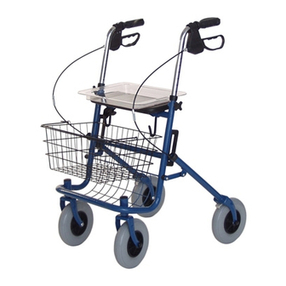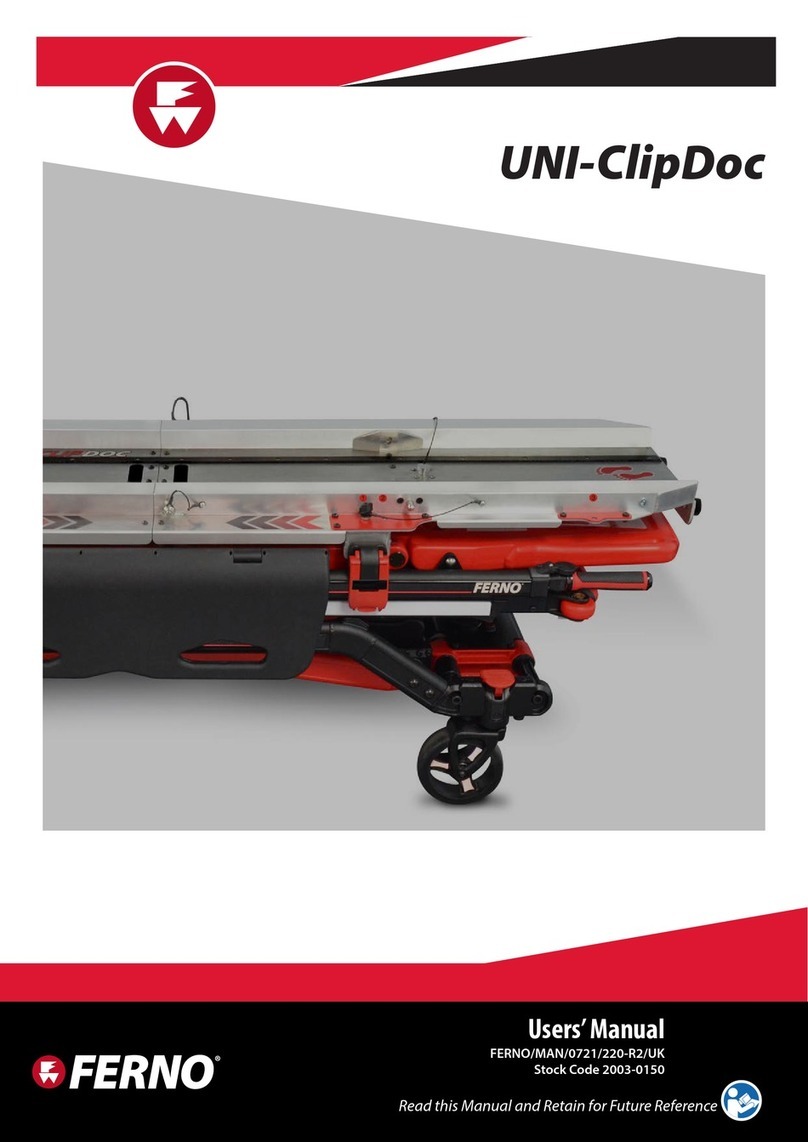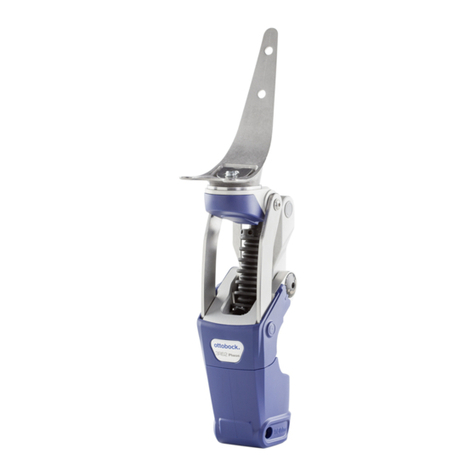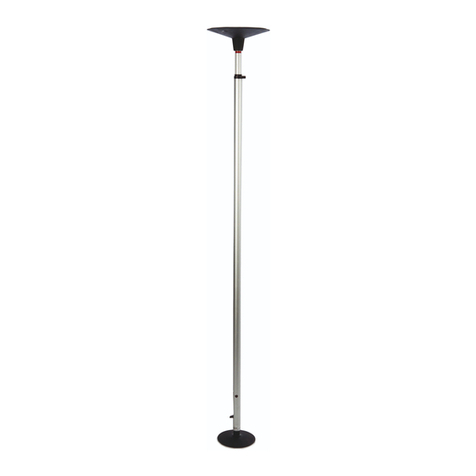FERNO/MAN/10/09/190UK
Page 3 of 13
Saver Safe Chair
σNever leave the Chair unsupported with a person on-board as the Chair is
designed to tilt back easily.
σImproper maintenance can cause injury and unpredictable operation. Maintain
the Chair only as described in this manual.
σImproper parts and service can cause injury and damage. Use only Ferno-
approved parts and service.
σBleach, phenols and iodine can cause damage. Do not apply products
containing these chemicals to the Chair.
σImproper lubricants can cause damage. Use light oil to lubricate the Chair.
σBlood borne Disease Notice - To reduce the risk of exposure to blood borne
diseases (such as HIV-1 and hepatitis), when using the Chair, follow the
maintenance instructions in this manual.
2a. Responsibility.
•A suitably qualified person should carry out a risk assessment in relation to the
emergency evacuation of all personnel and visitors, including the mobility
impaired.
•Consider the mobility of existing employees and visitors as well as potential
limitations of anyone accessing the site in future. This must take into account
their physical, mental (including learning) and age related health and mobility
restrictions.
•Consider numbers and location of employees and others likely to be on site at
various times during and outside normal working hours.
•Consider the number, location and suitability of evacuation routes, Remember to
include corridors, staircases, exits, and the suitability of the designated assembly
points.
•Devise and implement an appropriate emergency evacuation plan, making
everyone aware of the procedure and system.
•Consider the type of alarm system currently in use. Do they take in to account
the range of disabilities of those who may be present?
•Select and train suitable individuals to carry out specified duties during the ; i.e.
first aiders, fire wardens, dedicated escorts and Chair operators. NB: Fire
Wardens should not be selected to carry out the role of the evacuation Chair
operators/dedicated escorts as they will have their own duties in the event of an
emergency .

































